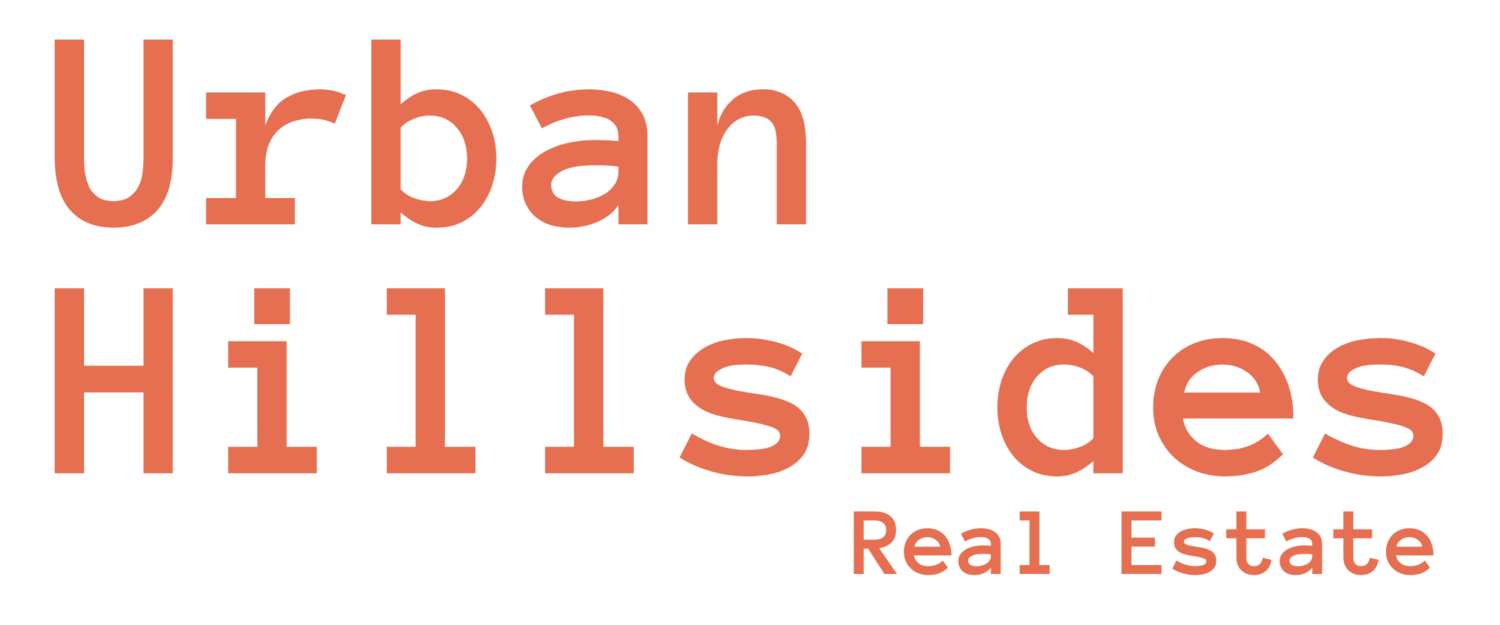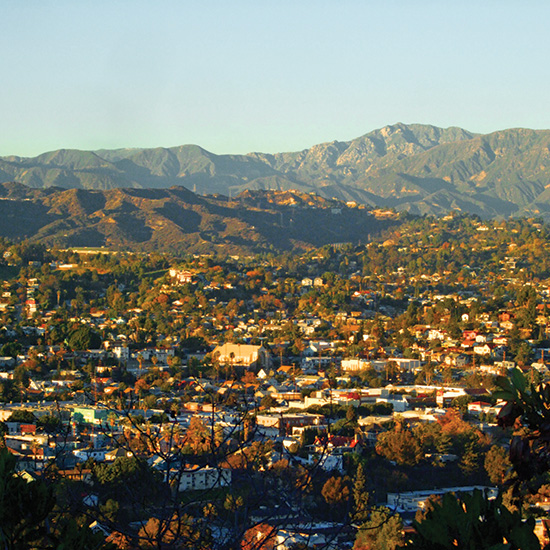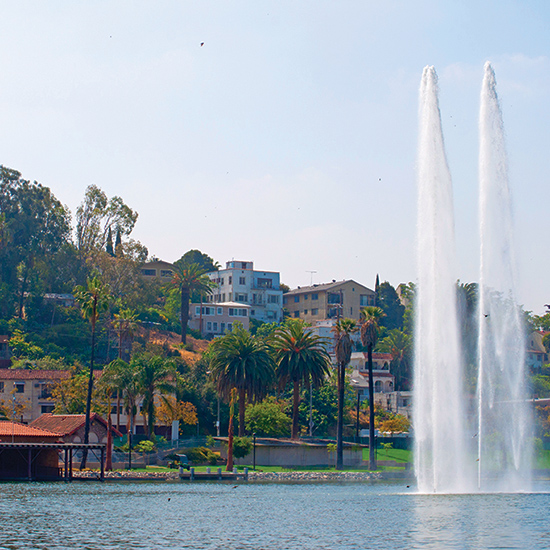Eagle Rock
Eagle Rock and Mt. Washington are both hillside communities each with their own unique flare. Mt. Washington’s hilly geography creates a rural retreat that contrasts with the cities otherwise urban landscape. This community has plenty of undeveloped land and cabin like homes on large lots amongst the trees. Just 4 miles north of downtown, with no major boulevards running through it, the area has been able to retain a county like feel. A Metro Gold Line station serves the southeastern parts of the neighborhood that connects to Pasadena and downtown Los Angeles. There is a stop at the local Southwest Museum, whose collections deal mainly with Native American and Spanish Colonial history. Adjacent to Mt. Washington, just five miles from downtown Los Angeles you’ll find Eagle Rock. The name was adopted from a bird-like rock formation at the north-eastern most corner of the area. It is home to many architectural treasures of the Arts and Crafts movement. Hill Drive offers some of the city’s most beautiful and well maintained Craftsman homes. Eagle Rock has an eclectic feel with a combination of city dwellers and suburbanites. It is bordered by the cities of Glendale and Pasadena, adding a suburban atmosphere and then Highland Park and Glassell Park that maintain an edgy, city vibe. Occidental College, the Ivy League of the west, is at the southern edge of Eagle Rock, adding a unexpected collegian energy to the area.






 Echo Park, located about 2 miles northwest of downtown Los Angeles, is a hillside community with a unique organic design, a mixture of inner city vibrancy and quiet country lanes. The areas eclectic mix of houses range from tiny two room hunting cabins off of stairs streets, to large Craftsman and Victorian villas on wide avenues. A truly diverse neighborhood exemplified in its large Latino, Asian, and Bohemian communities.
Echo Park, located about 2 miles northwest of downtown Los Angeles, is a hillside community with a unique organic design, a mixture of inner city vibrancy and quiet country lanes. The areas eclectic mix of houses range from tiny two room hunting cabins off of stairs streets, to large Craftsman and Victorian villas on wide avenues. A truly diverse neighborhood exemplified in its large Latino, Asian, and Bohemian communities.